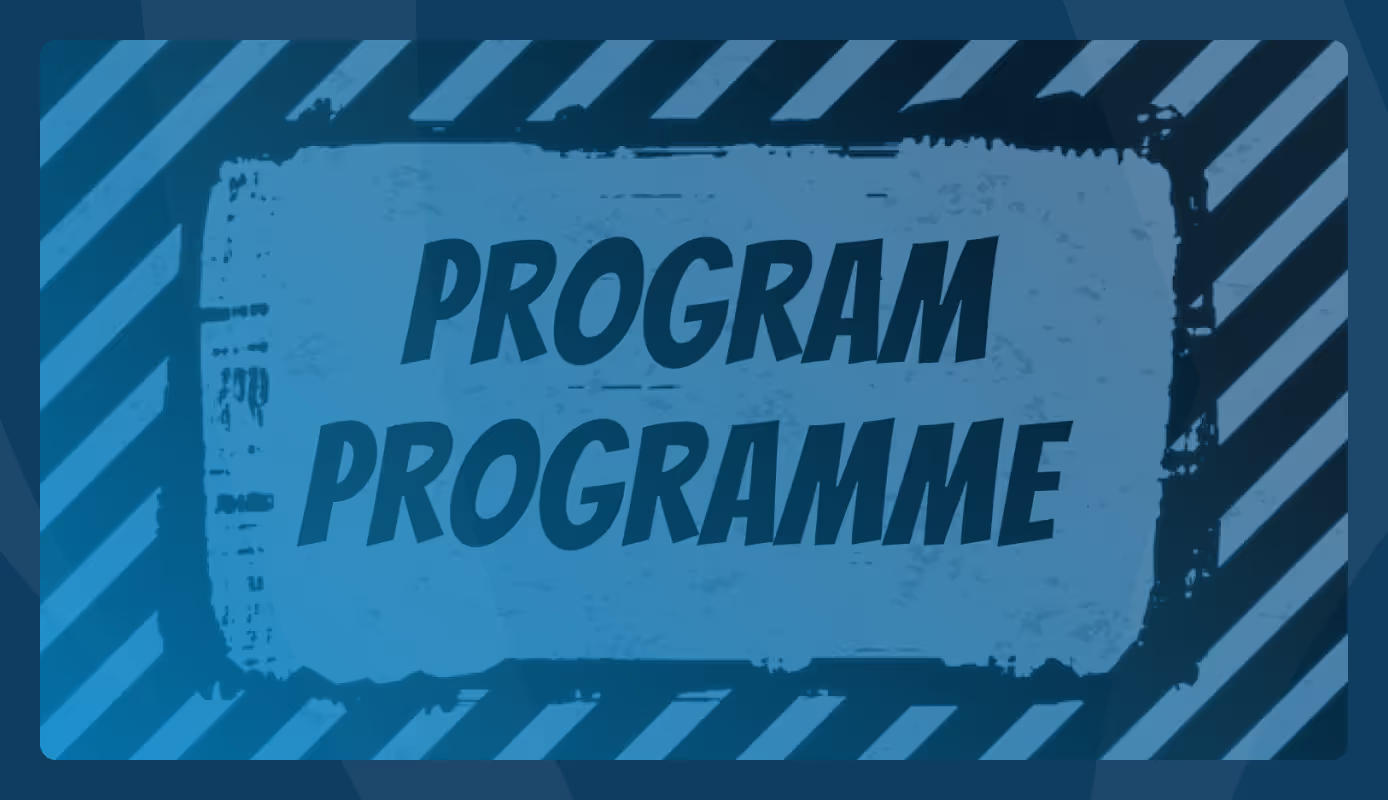Critical Chain Project Management (CCPM) is a structured approach to managing projects that focuses on resource availability and realistic scheduling. Developed by Dr. Eliyahu Goldratt, this methodology addresses common challenges like delays, resource bottlenecks, and task dependencies. Unlike traditional methods, CCPM emphasizes strategic use of buffers and encourages single-task focus, which helps teams stay on track and achieve timely project delivery.
In this guide, we’ll explore the key components of CCPM, compare it with the Critical Path Method (CPM), and provide practical steps to implement this approach in your projects. Let’s dive in to understand how critical chain project management can enhance efficiency and improve project outcomes.
What is Critical Chain Project Management?
Critical Chain Project Management is a method designed to enhance project delivery by managing constraints and resource dependencies effectively. Unlike traditional methods, CCPM doesn’t just look at task dependencies but also factors in the availability of critical resources. By adopting CCPM, project managers can better navigate uncertainties, avoid multitasking, and create a reliable project schedule.
The Components of a Critical Chain
To better understand how CCPM works, let’s break down its core components:
- Critical Chain: The critical chain is the sequence of tasks that determines the project’s total duration. It considers both task dependencies and resource availability.
- Buffers: CCPM introduces three types of buffers:
- Project Buffers: Positioned at the end of the critical chain to absorb any delays from critical tasks.
- Feeding Buffers: Placed where non-critical tasks intersect with the critical chain to ensure that delays in non-critical activities don’t affect the overall timeline.
- Resource Buffers: Ensure that key resources are available when needed.
- Single-Task Focus: One of the main principles of CCPM is to avoid multitasking. It aims to boost efficiency by focusing on completing one task at a time, minimizing disruptions.
Critical Chain vs. Critical Path
A common question among project managers is the difference between Critical Chain Method (CCM) and Critical Path Method (CPM). Here’s a brief comparison:
- Critical Path Method focuses primarily on task dependencies, identifying the longest sequence of dependent tasks as the critical path. It operates under the assumption that resources are always available.
- Critical Chain Method, on the other hand, incorporates both task dependencies and resource limitations, making it a more holistic approach. It strategically adds buffers to absorb uncertainties and prevent resource-related delays.
By focusing on resource constraints, the critical chain method ensures a more realistic plan, while critical chain scheduling allows for smoother project execution.
Steps for Using the Critical Chain Project Management Process
Implementing Critical Chain Project Management requires a methodical approach. Follow these steps to get started:
- Define the Project Scope: Map out the tasks and establish dependencies between them. Identify the resources required for each task.
- Determine the Critical Chain: Analyze the tasks and resource constraints to identify the critical chain. This sequence will guide the scheduling of key tasks.
- Add Buffers: Strategically place project, feeding, and resource buffers to account for uncertainties and resource bottlenecks.
- Communicate the Plan: Ensure that your team understands the critical chain and the importance of single-task focus. Highlight the role of buffers in absorbing delays.
- Monitor Progress and Buffers: Regularly track buffer consumption and overall progress. If a buffer is being used up quickly, assess the root cause and implement corrective actions.
Benefits of Critical Chain Scheduling
When applied correctly, critical chain scheduling offers several benefits:
- Shortened Project Durations: By minimizing multitasking and prioritizing critical tasks, CCPM reduces lead times.
- Improved Resource Efficiency: CCPM’s focus on resource constraints helps optimize resource allocation and utilization.
- Buffer Management: The strategic placement of buffers absorbs delays, keeping the overall project timeline intact.
- Enhanced Predictability: With fewer last-minute surprises, project outcomes become more predictable and easier to manage.
Tips for Effective Critical Chain Project Management
To maximize the benefits of critical chain project management, consider these tips:
- Train Your Team on Single-Task Focus: Educate your team on the importance of concentrating on one task at a time. Multitasking can seem efficient but often leads to inefficiencies.
- Use Project Management Tools: Leverage software that supports CCPM to create, monitor, and adjust your project schedule and buffers.
- Communicate Clearly: Keep stakeholders informed about buffer status and any potential delays. This transparency ensures everyone is on the same page.
- Regularly Review Buffers: Monitor buffer consumption closely. High buffer usage can indicate underlying issues that need to be addressed promptly.
Key Takeaways
Critical Chain Project Management (CCPM) effectively addresses project challenges by managing task dependencies and resource constraints. With strategic buffer management and a focus on single-task efficiency, CCPM helps keep projects on track, reducing lead times, optimizing resource use, and increasing predictability. Whether managing small projects or large portfolios, embracing CCPM paves the way for smoother project execution and greater control.






.avif)






.avif)


